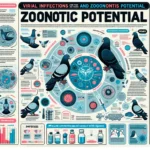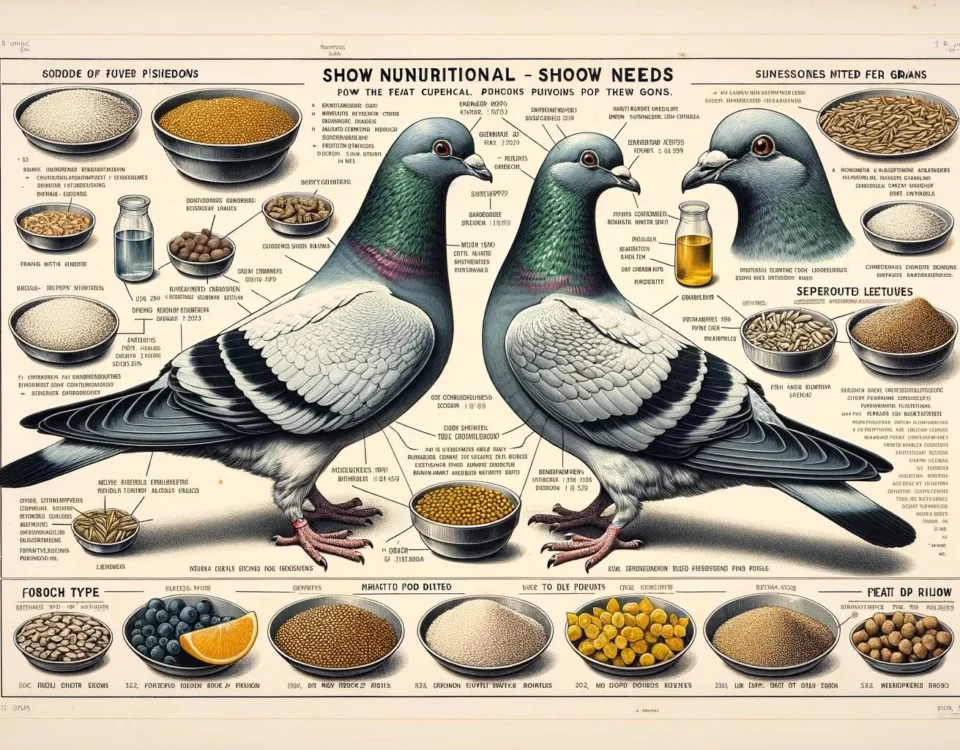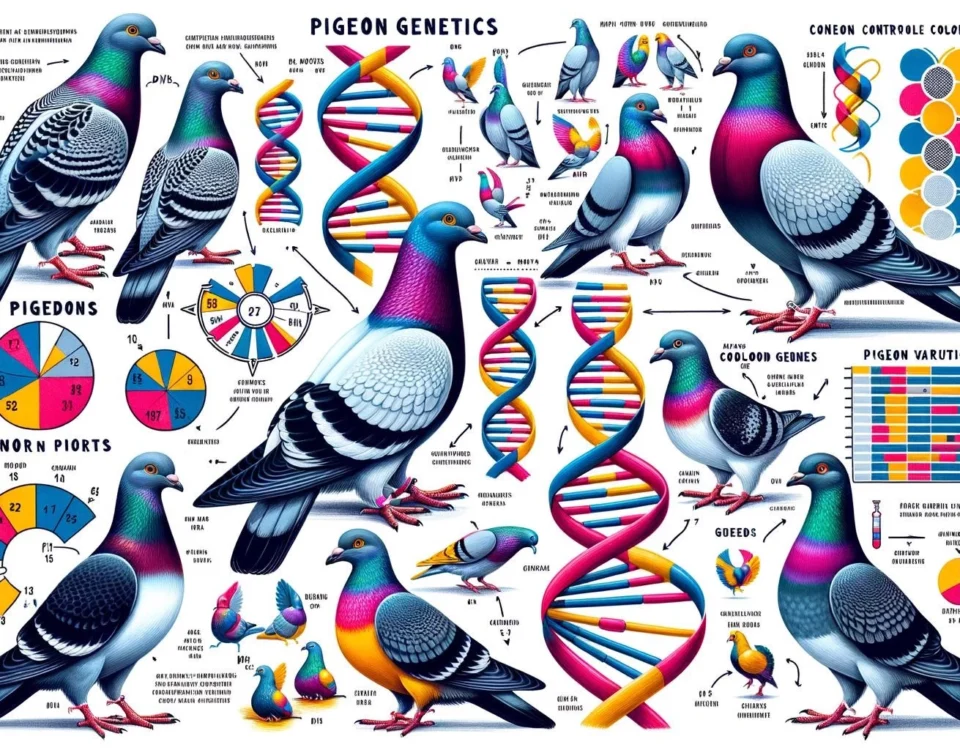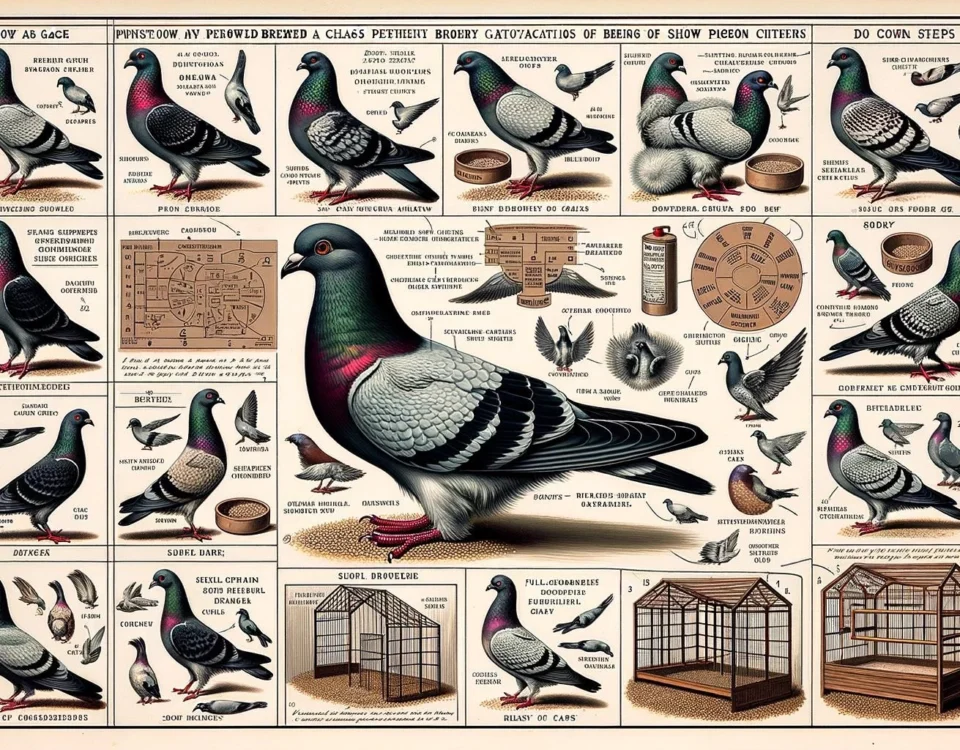Pigeons, also known as rock doves, are a common sight in urban areas around the world. These birds have adapted remarkably well to city living and have become an integral part of urban ecosystems. While often seen as a nuisance or pests by some people, pigeons play essential roles in ecology and provide valuable opportunities for scientific research and citizen science projects. In this article, we will explore the ecological significance of pigeons and their impact on the environment.
Key Takeaways
- Pigeons are adaptable birds that have successfully colonized urban environments around the world.
- They play a crucial role as prey-base for numerous raptors and other predators in urban ecosystems.
- Pigeons can serve as indicators of environmental health and air quality in cities.
- They offer valuable opportunities for ecological research and citizen science projects.
1. Pigeons as Keystone Species
Pigeons are considered keystone species in urban ecosystems, meaning they have a disproportionately large impact on the structure and functioning of their environment. As primary consumers, pigeons feed on a variety of food sources, including seeds, grains, and insects. Their presence and abundance provide a crucial food source for numerous predators, such as falcons, hawks, and owls, that rely on pigeons as prey. By supporting these predator populations, pigeons help maintain the balance of urban ecosystems.
Furthermore, pigeons contribute to nutrient cycling in cities through their droppings, which are rich in nitrogen and can fertilize soil in urban green spaces. The presence of pigeons can enhance plant growth and contribute to a healthier urban environment.
2. Pigeons as Environmental Indicators
Due to their ubiquitous presence in cities, pigeons can serve as reliable indicators of environmental health and air quality. Studies have shown that pigeons can detect and respond to air pollutants such as heavy metals, pesticides, and particulate matter. The presence or absence of pigeons in certain areas can provide valuable information about the pollution levels and overall environmental quality.
Researchers have also used pigeons as bioindicators to study the spread of zoonotic diseases, such as avian influenza and West Nile virus. By collecting and analyzing pigeon droppings, scientists can assess the prevalence and distribution of these diseases in urban areas, helping to inform public health measures.
3. Pigeons and Citizen Science
Pigeons offer unique opportunities for citizen science projects, which engage the public in scientific research. Their abundance and presence in various geographic locations make them ideal subjects for monitoring and studying urban ecology. Citizen scientists can participate in data collection and monitoring programs focused on pigeon populations, migration patterns, behavior, and environmental impacts.
By involving the public in monitoring pigeon populations and their interactions with the environment, citizen science projects can gather large-scale data and provide valuable insights into urban ecology and conservation. These projects not only contribute to scientific knowledge but also raise awareness about the importance of pigeons and urban wildlife.
Conclusion
Pigeons play significant roles in ecology and urban environments. As keystone species, they provide essential prey for predators, contribute to nutrient cycling, and help maintain biodiversity in cities. Pigeons can also serve as environmental indicators, providing insights into air quality and the spread of zoonotic diseases. Their ubiquity and adaptability make them valuable subjects for citizen science projects, allowing the public to contribute to ecological research and conservation efforts. Ultimately, a better understanding of pigeons and their ecology can lead to more sustainable and ecologically balanced cities.









